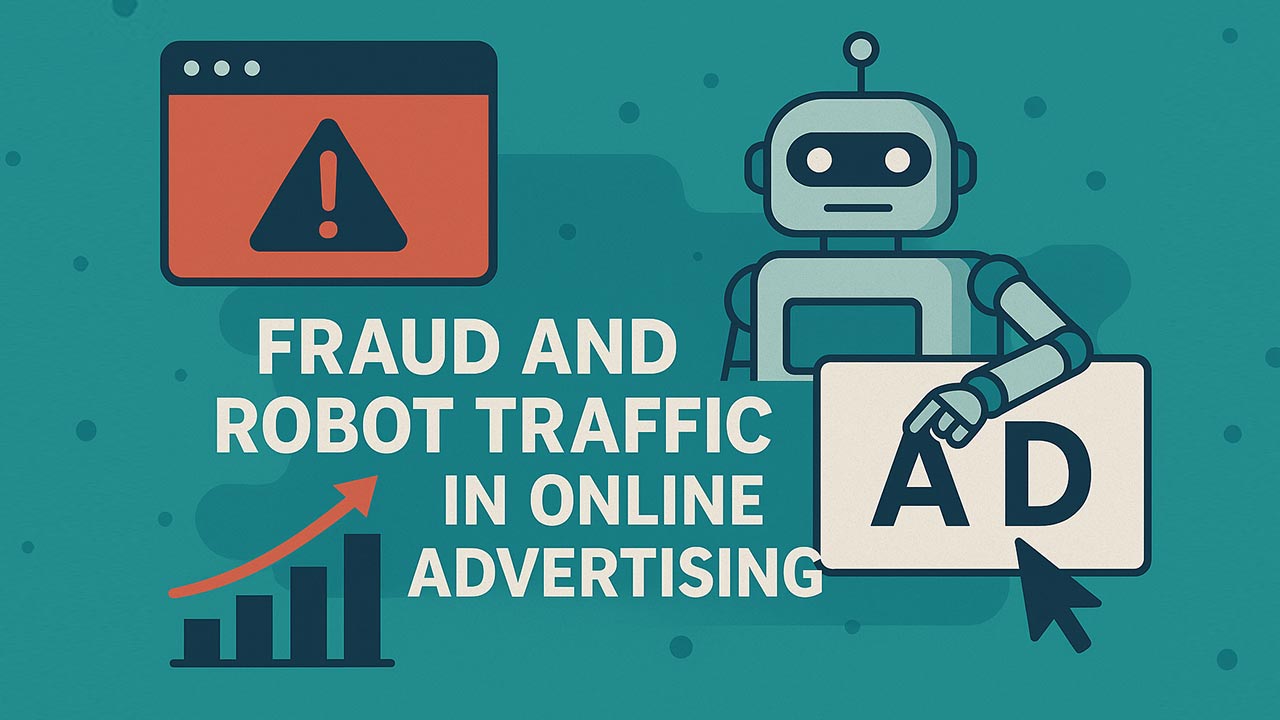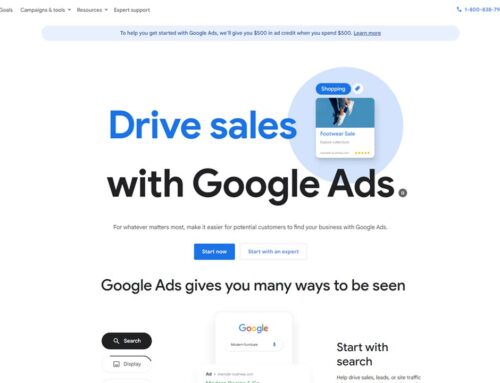Fraud and Robot Traffic in Online Advertising
Online advertising is increasingly plagued by fraudulent activities, particularly through the use of bots that generate fake traffic. This article delves into the mechanisms of ad fraud, its impact on the digital advertising industry, and strategies to detect and prevent such fraudulent activities.
Table of Contents
- Introduction
- Understanding Ad Fraud
- Types of Bot Traffic
- Impact on the Advertising Industry
- Detection and Prevention Strategies
- Case Studies
- Regulatory and Industry Responses
- Future Outlook
- Top 5 Frequently Asked Questions
- Final Thoughts
- Resources
Introduction
The digital advertising landscape has revolutionized marketing, offering targeted and measurable campaigns. However, this ecosystem is increasingly threatened by fraudulent activities, especially those involving automated bots that simulate human behavior to generate fake ad impressions and clicks. These fraudulent practices not only waste advertising budgets but also distort performance metrics, leading to misguided strategies and investments.
Understanding Ad Fraud
Ad fraud encompasses deceptive practices aimed at generating revenue through illegitimate means in the online advertising space. This includes:
- Click Fraud: Automated or manual clicks on ads without genuine interest, often to deplete a competitor’s budget.
- Impression Fraud: Serving ads in a manner where they are not viewable by real users, yet counted as valid impressions.
- Conversion Fraud: Faking user actions like sign-ups or purchases to claim affiliate or performance-based revenues.
These fraudulent activities exploit the pay-per-click (PPC) and programmatic advertising models, where advertisers pay for user interactions or impressions, making them lucrative targets for fraudsters.
Types of Bot Traffic
Bots, or automated scripts, are central to many ad fraud schemes. They can be categorized as:
- Good Bots: Legitimate bots like search engine crawlers that index web content.
- Bad Bots: Malicious bots designed to mimic human behavior for fraudulent purposes.
- Bad bots can further be classified into:
- Simple Bots: Basic scripts that perform repetitive tasks, such as clicking on ads.
- Advanced Bots: Sophisticated bots that simulate human-like interactions, including mouse movements and random browsing patterns, making them harder to detect.
These bots can operate individually or as part of larger networks known as botnets, which can consist of thousands of compromised devices working in unison to perpetrate ad fraud on a massive scale.
Impact on the Advertising Industry
The ramifications of ad fraud are profound:
- Financial Losses: Advertisers lose significant portions of their budgets to fraudulent activities. Estimates suggest that digital ad fraud could cost the industry over $100 billion annually by 2024.
- Distorted Analytics: Fake traffic skews performance metrics, leading to misinformed decisions and strategies.
- Eroded Trust: Persistent fraud undermines confidence in digital advertising platforms and metrics, potentially driving advertisers away from online channels.
- Increased Costs: As demand for fraud detection and prevention tools rises, so do the associated costs, which can be burdensome, especially for smaller advertisers.
Detection and Prevention Strategies
Combating ad fraud requires a multifaceted approach:
- Implementing Verification Tools: Utilize services like DoubleVerify, Integral Ad Science, and Human Security to monitor and validate traffic.
- Analyzing Traffic Patterns: Regularly review analytics for anomalies, such as sudden spikes in traffic from unfamiliar sources or unusually high bounce rates.
- Employing CAPTCHA Systems: Integrate CAPTCHA challenges to differentiate between human users and bots.
- Setting IP Filters: Block known malicious IP addresses and monitor for suspicious activity.
- Collaborating with Reputable Networks: Partner with trusted ad networks that have stringent anti-fraud measures in place.
- Regular Audits: Conduct periodic audits of advertising campaigns to ensure integrity and effectiveness.
Case Studies
Methbot Operation: A sophisticated ad fraud scheme that generated up to $5 million per day by simulating human interactions with video ads. The operation involved over 500,000 IP addresses and tricked advertisers into paying for fake views.
3ve Botnet: This botnet used malware to infect over 1.7 million devices, generating billions of fake ad impressions and costing advertisers more than $30 million. The operation was dismantled through a collaborative effort involving multiple cybersecurity firms and law enforcement agencies.
Regulatory and Industry Responses
Recognizing the threat of ad fraud, various stakeholders have initiated measures:
- Industry Coalitions: Organizations like the Trustworthy Accountability Group (TAG) and the Media Rating Council (MRC) have developed standards and certifications to promote transparency and combat fraud.
- Legal Actions: Law enforcement agencies have prosecuted individuals and groups involved in large-scale ad fraud operations, setting legal precedents and deterring future activities.
- Technological Innovations: Advancements in machine learning and artificial intelligence are being leveraged to enhance fraud detection capabilities.
- Policy Development: Governments and regulatory bodies are exploring policies to hold platforms accountable and ensure better protection for advertisers.
Future Outlook
As digital advertising continues to evolve, so too will the tactics employed by fraudsters. Emerging technologies like AI-driven bots and deepfakes could pose new challenges. However, with continued collaboration, innovation, and vigilance, the industry can develop more robust defenses to safeguard the integrity of online advertising.
Top 5 Frequently Asked Questions
Final Thoughts
Ad fraud, particularly through bot-generated traffic, poses a significant threat to the digital advertising ecosystem. It not only drains financial resources but also undermines the credibility and effectiveness of online marketing efforts. Addressing this challenge requires a concerted effort from advertisers, platforms, regulators, and technology providers to implement robust detection mechanisms, enforce stringent standards, and foster a culture of transparency and accountability.
Resources
- Imperva 2024 Bad Bot Report
- Cloudflare on Ad Fraud
- TrafficGuard on Click Fraud Impact
- Human Security Blog on Click Fraud
- Datadome Guide on PPC Bot Traffic
- ClickPatrol 2024 Click Fraud Statistics
- Twinleon Click Fraud Statistics 2024
- Anura.io on Bot Advertising
- Business of Apps Ad Fraud Statistics 2025







Leave A Comment